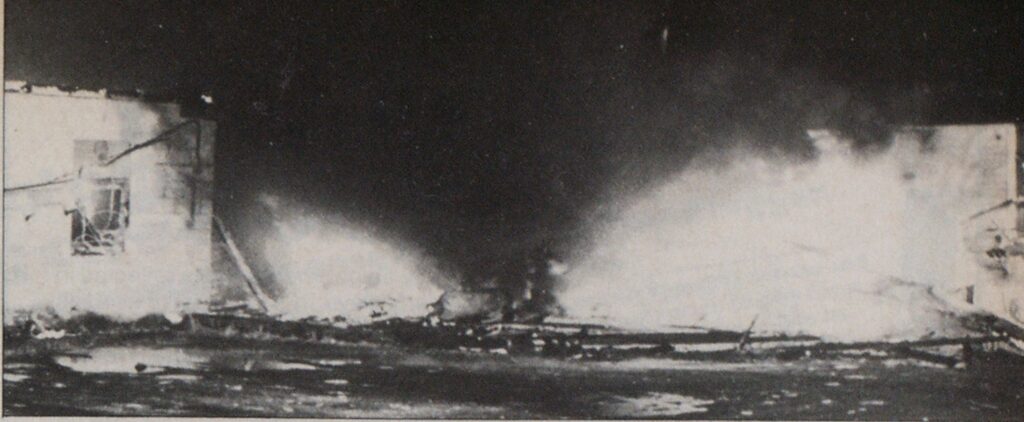SCHOOLS
Arizona State University, The Aircraft Crash & Mass Casualty Management Course, Feb. 6-10, April 9-13. Contact Arizona State Univ., Centr. for Prof. Devlp., Temple, AZ 85287. Colorado Training Institute, Hazardous Materials Awareness, Jan. 10-12, Mar. 13-15, May 15-17, Oct. 16-18; Hazardous Material In-Depth, Feb. 6-17, April 2-13, June 4-15, Sept. 10-21; Commercial Vehicle/Cargo Tank Compliance/ Inspection, Mar. 5-9, May 7-11, Sept. 24-28; Shipper/Carrier, Jan. 23-27, Nov. 5-9.





